chmod changes the file mode of each specified FILE according to MODE, which can be either a symbolic representation of changes to make, or an octal number representing the bit pattern for the new mode bits leading 0 means this is octal constant, not the decimal one and you need an octal to change file mode permissions are a bit mask, for example, rwxrwxis in binary, and it's very easy to group bits by 3 to convert to the octal, than calculate the decimal representation 0644 (octal) is in binary (i've added dots for readability), or, as you may calculate,Chmod changes the file mode bits of each given file according to mode, which can be either a symbolic representation of changes to make, or an octal number representing the bit pattern for the new mode bits The format of a symbolic mode is ugoa =perms , where perms is either zero or more letters from the set rwxXst, or

File Security And Access Control Ppt Download
Chmod octal mode
Chmod octal mode-The chmod utility shall conform to the Base Definitions volume of POSIX1‐17, Section 122, Utility Syntax Guidelines The following option shall be supported R Recursively change file mode bits For each file operand that names a directory, chmod shall change the file mode bits of the directory and all files in the file hierarchy below itThe chmod command is used to change the various permission bits of a file or directory The command takes the general form chmod MODE file There are two ways to represent the MODE Using symbolic modes (letters to indicate the categories and permission) Using numeric modes (An octal (base 8) number that represents the mode)




Linux Chmod Command Linuxfordevices
Chmod changes the permissions of a given file/ directory according a to a rights description in a certain mode A mode can be octal (description with numbers) or symbolic (description with letters) Whereas letters are easier to understand, octals are more practical and conversion from one mode to another can be done as followsChmod¶ The chmod ("change mode") command is used to change the permission flags on existing files It can be applied recursively using the R option It can be invoked with either octal values representing the permission flags, or with symbolic representations of the flags The octal values have the following meaningGroup can read, write and execute
Specifies the octal values that change permissions on the file or directory See Table 515 for the list of valid octal values filename File or directory Verify the permissions of the file have changed $ ls l filename ExampleChanging Permissions in Absolute Mode The following example sets rwxrxrx permissions on myfile $ chmod 755 myfile $ ls l myfilerwxrxrx 1 kryten staff 6144To change the permissions of a file using the octal number mode we run chmod Now we want to change the permissions for this file to say, rwrxr Owner permissions(rw) = 4 2 0 = 6 Group permissions(rx) = 4 0 1 = 5 Other user's permissions(r) = 4 0 0 = 4 Now, for changing the file permissions we run chmod 654 chmodtxt ValuesChmod changes the file mode bits of each given file according to mode, which can be either a symbolic representation of changes to make, or an octal number representing the bit pattern for the new mode bits The format of a symbolic mode is ugoa=perms, where perms is either zero or more letters from the set rwxXst, or a single letter from the set ugo Multiple
Chmod us filename This works fine But the octal number 4000 is always associated with setuid (in books etc) I understand (to some good extent) file permissions, the concept of umask, setuid and using octal numbers with chmod But I still cannot figure out the relationship between the octal number 4000 and setuid Please explainChange special permissions in absolute mode by using the chmod command $ chmod nnnn filename nnnn Specifies the octal values that change the permissions on the file or directory The first octal value on the left sets the special permissions on the file See Table 176 for the list of valid octal values for the special permissions filename Specifies the file or directory Note IfIn Unix and Unixlike operating systems, chmod is the command and system call used to change the access permissions of file system objects sometimes known as modes It is also used to change special mode flags such as setuid and setgid flags and a 'sticky' bit The request is filtered by the umask The name is an abbreviation of change mode They are shown when listing files in long
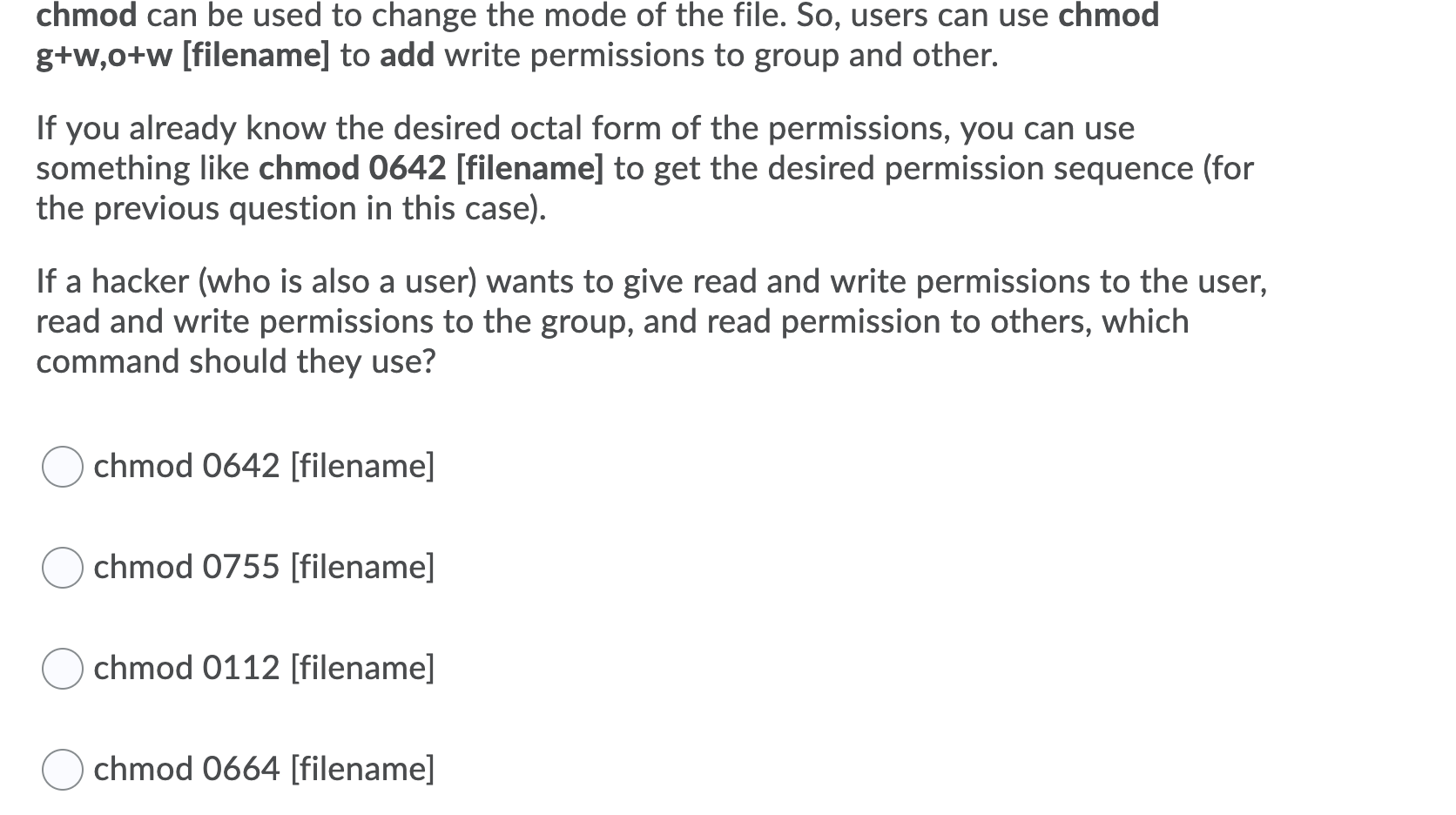



Solved Chmod Can Be Used To Change The Mode Of The File So Chegg Com




7 Using The Chmod Command With As A Symbolic Chegg Com
Correct value of mode The permissions parameter consists of three octal number components specifying access restrictions for the owner, the user group in which the owner is in, and to everybody else in this order The chmod command allows you to change the permissions on a file using either a symbolic or numeric mode or a reference file We will explain the modes in more detail later in this article The command can accept one or more files and/orThe Linux command to change permissions on a file or directory is chmod, which we like to read as change file mode chmod has two operating modes symbolic mode ;




Introduction To Unix Family File Permissions
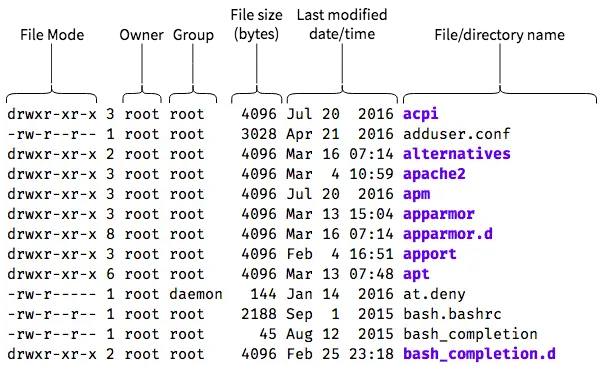



An Introduction To Linux File Permissions Boolean World
Chmod changes the file mode bits of each given file according to mode, which can be either a symbolic representation of changes to make, or an octal number representing the bit pattern for the new mode bitsChmod changes the file mode bits of each given file according to mode, which can be either a symbolic representation of changes to make, or an octal number representing the bit pattern for the new mode bits The format of a symbolic mode is ugoa=perms, where perms is either zero or more letters from the set rwxXst, or a single letter from the set ugo MultipleOCTALMODE FILE chmod OPTION reference=RFILE FILE DESCRIPTION This manual page documents the GNU version of chmod chmod changes the file mode bits of each given file according to mode, which can be either a symbolic representation of changes to make, or an octal number representing the bit pattern for the new mode bits The format of a symbolic mode is



1




Chmod X Explained Everything You Need To Know
Use the octal CHMOD Command chmod R 644 folder_name OR use the symbolic CHMOD Command chmod R arwx,ux,gwx,owx folder_name Chmod Permissions for chmod 644 Chmod owner Owner can read;How to use chmod? Chmod command is used in two ways 1 Using octal value & position Sets the permission for owner, group and others with octal values , 4 for read , 2 for write , 1 for execute and any sum of these number to get cumulative permissions chmod syntax using octal mode chmod OPTION MODE FILE 2 Using symbolic values to add, remove the file permission




Cit 500 It Fundamentals Users And Filesystems 1
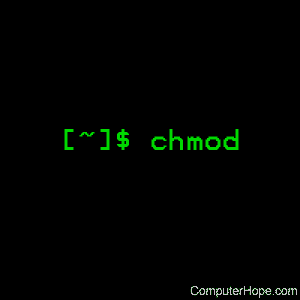



Linux Chmod Command Help And Examples
Using octal syntax for chmod allows setting the absolute permissions for owner, group, and other in one quick command The syntax requires three octal digits, each representing the owner, group, and other permissions, respectively For example, to set rwx (7) for owner, rx (5) for group, and no permissions (0) for other, use the following chmod command chmod 750 fileChmod is quite simple to use while using octal notation The structure of the command is simply chmod < octal permission you wish to set > < file or directory > chmod usage exampleChmod Calculator Chmod Calculator is a free utility to calculate the numeric (octal) or symbolic value for a set of file or folder permissions in Linux servers How to use Check the desired boxes or directly enter a valid numeric value (eg 777) or symbolic notation (eg rwxrwxrwx) to see its value in other formats File Permissions




Command Line Understanding Chmod Symbolic Notation And Use Of Octal Ask Ubuntu




Command Line Understanding Chmod Symbolic Notation And Use Of Octal Ask Ubuntu
To change permission using the Linux chmod command we have to follow some syntax and rules As we discussed above we can change permission using Numerical and Alphabetical way, here IChmod fhR mode pathname Description chmod changes the access permissions, or modes, of the specified file or directory (Modes determine who can read, write, or search a directory or file) Users with read access to SUPERUSERFILESYSCHANGEPERMS (a UNIXPRIV class profile), can use the chmod command to change the permission bits of any filePhuxtilchmod Easy way to validate symbolic and octal modes used by unix chmod program In Unix and Unixlike operating systems, chmod is the command and system call which is used to change the access permissions of file system objects It is also used to change special mode flags Installation composer require phuxtil/chmod




Linux Chmod Command Examples Journaldev
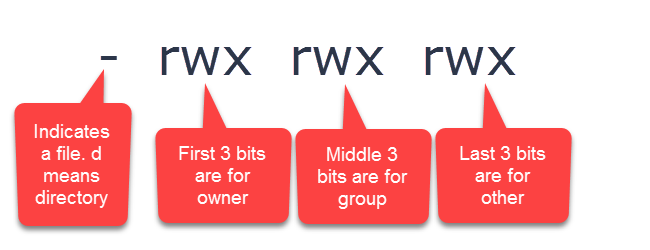



Understanding Linux Permissions And Chmod Usage
The command chmod changes the file mode bits of each given file according to mode, which can be either a symbolic representation of changes to make, or an octal number representing the bit pattern for the new mode bits chmod never changes the permissions of symbolic links;The chmod (short for change mode) command allows you to change permissions on files and folders Command mkdir Synopsis chmod OPTION MODE FILE chmod OPTION OCTALMODE FILEWhat is the chmod command?




Linux Chmod Recursive How To Change File Permissions Recursively




What Is Ftp Chmod Chmod Change Mode Impress Org
Numeric (octalmode) example chmod 644 filetxt symbolicmode chmod components 1) the 'permissionset' you wish to modify a) u = user/owner b) g = group c) o = other 2) modification indicator symbols a) = add b) = remove c) = = set to stated value 3) permission specifications a) read, write, execute = r,w,x symbolicmode examples chmod ax file (a = all, x = execute) =The chmod system call cannot change their permissions This is not a problemThese modes are represented by numerical form (letters) or symbolic form (octal numbers) When you use the chmod command with numerical form, it follows the belowgiven syntax $ chmod Options Filename In numerical representation, we have these options "0" represents "no permission" "1" represents "execute permission" "2" represents "write permission" "4




File Security And Access Control Ppt Download




Os Mkdir And Os Mkdirall Permissions Stack Overflow
Chmod OPTION OCTALMODE FILE chmod OPTION reference=RFILE FILE DESCRIPTION This manual page documents the GNU version of chmod chmod changes the file mode bits of each given file according to mode, which can be either a symbolic representation of changes to make, or an octal number representing the bit pattern for the new mode bits TheChmod group Group can read;Chmod calculator generates command in number format for file and directory permissions in Unix and Linux If you are working on Unix, Linux server then permissions are a very important and difficult task Our chmod calculator generates file permissions for owner, group, and the public in number (744) and symbolic (rwxrr) notation formats




Csci 330 The Unix System The File System
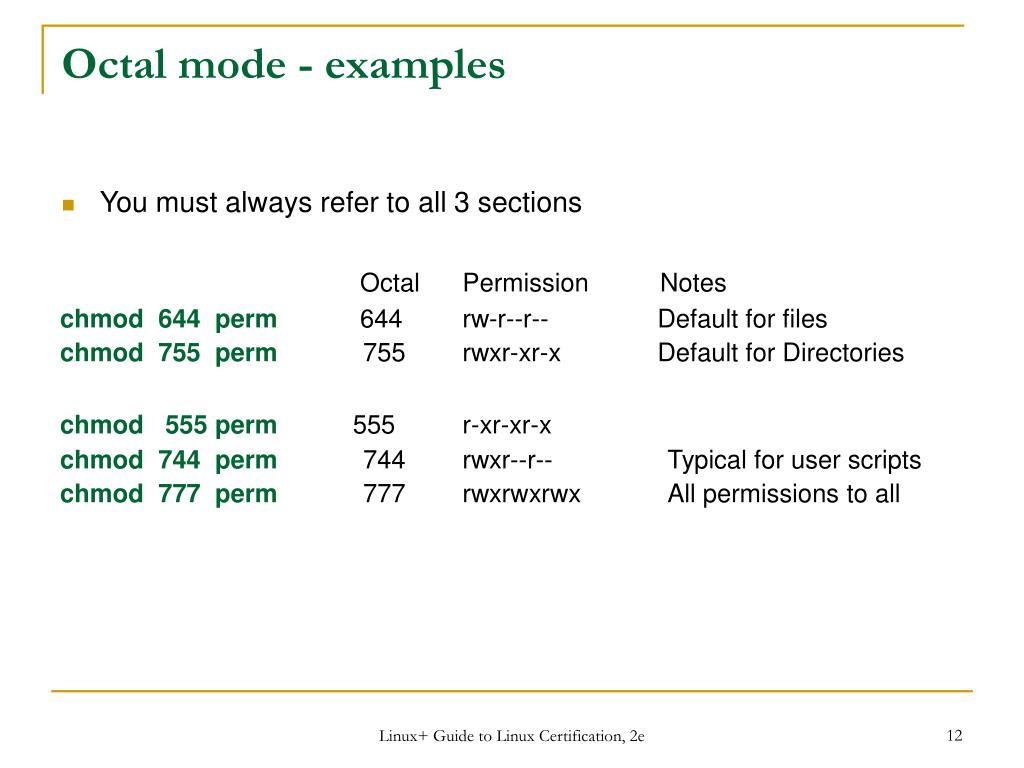



Chmod Octal Mode タコトメウォール
Chmod other Others can read;File permissions in Linux can be displayed in octal format using Linux stat command Just press Ctrl Alt T on your keyboard to open Terminal$ chmod x PATH # Add for all $ chmodx PATH # Remove for owner $ chmod xw PATH # Add two for owner $ chmod ox # Add for other $ chmod gx # Add for group Octal mode Use an octal mask which will overwrite all 3 octets




File System Security In Unix Annie Calpe Overview




Command Line Understanding Chmod Symbolic Notation And Use Of Octal Ask Ubuntu
Chmod changes the file mode bits of each given file according to mode, which can be either a symbolic representation of changes to make, or an octal number representing the bit pattern for the new mode bits To learn more use our calculator and read the references below at the bottom of this page See also our Linux/Unix permissions ChartYou can change file permissions in this format chmod options mode file_name You can change permissions using alphanumeric characters (arwx) or with octal numbers (777) Here's a chmod example using for setting permissions so that Owner can read, write and execute;OCTALMODE FILE chmod OPTION reference=RFILE FILE DESCRIPTION ¶ This manual page documents the GNU version of chmod chmod changes the file mode bits of each given file according to mode, which can be either a symbolic representation of changes to make, or an octal number representing the bit pattern for the new mode bits The format of a symbolic mode is




0x05 Slae Msfvenom Samples A Journey In Infosec
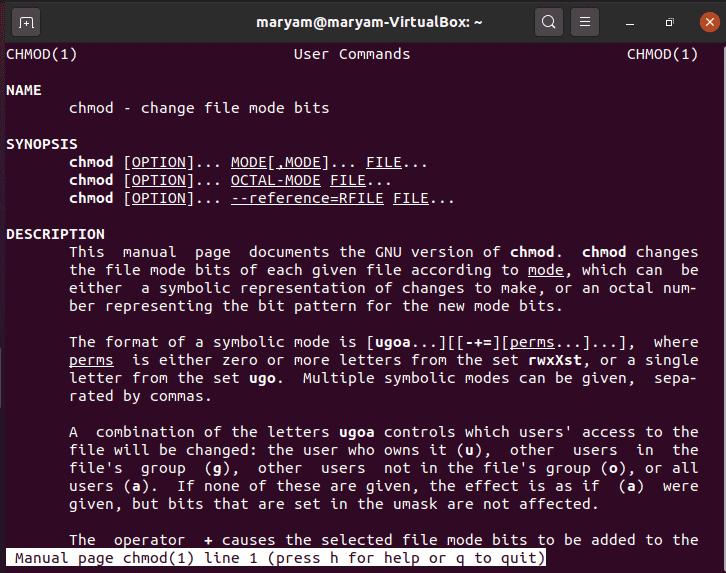



Chmod Command In Linux Linuxways
How do I change modes in chmod?




Linux File Permission Javatpoint



Linux Permissions




How To Get Octal File Permissions On Linux Unix Command Line Nixcraft




File Permissions Mode 0777 Vs 777 Digital Fortress




Change File Permissions Easily With Online Chmod Calculator By Chmodcalcu Issuu




Unix Files And Operations Barry Britt System Support



Dc Fi Udc Es




Chmod 644



Fedvte Usalearning Gov



Chmod Cheatsheet Linux




Command Line Understanding Chmod Symbolic Notation And Use Of Octal Ask Ubuntu



2



Chmod




Quick Answer How To Use Chmod In Linux Os Today




Unix Permissions The Easy Way Index Of All Chmod Permutations By Semi Koen Towards Data Science




A Unix And Linux Permissions Primer Daniel Miessler




Understanding Linux Permissions And Chmod Usage




Chmod 777 Chmod 755




Linux File Permissions And Ownership By Udara Bibile Level Up Coding




Chmod Wiki Ask Ubuntu



What Does Chmod 400 Mean Quora
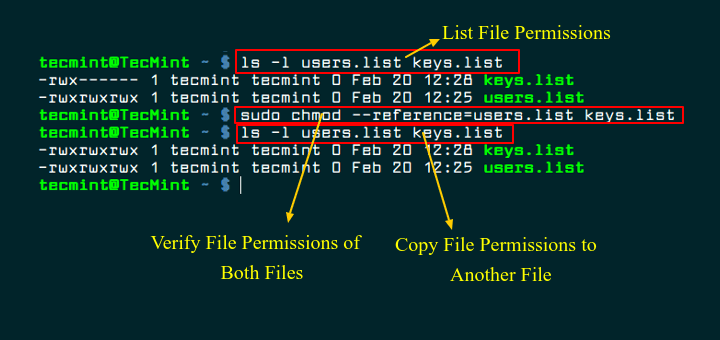



How To Copy File Permissions And Ownership To Another File In Linux




Chmod Wikipedia




Linux Permissions An Introduction To Chmod Enable Sysadmin




File Permissions Mode 0777 Vs 777 Digital Fortress




Your Own Linux Chmod Basics Of Files Directories Permissions And Use Of Chmod




Chmod Options Permissions Files Linux Pocket Guide Book



Linux Permissions S



I Made This Chmod Cheat Sheet And Thought It Might Be Useful Linux4noobs




What Is Ftp Chmod Chmod Change Mode Impress Org



Common Bash Commands
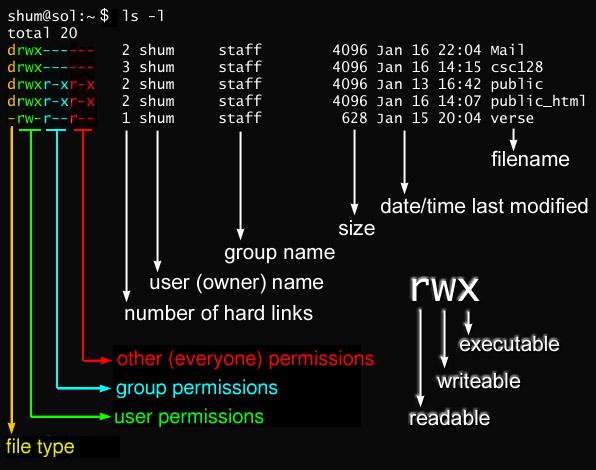



What Is Umask And How To Use It Effectively Liquid Web




How To Get Octal File Permissions From Command Line In Mac Os Osxdaily




Understanding Linux Permissions And Chmod Usage




Class File Tree Structure Home Csc156 Yourusername Chegg Com




Linux Chmod Command Tutorial For Beginners




Command Line Understanding Chmod Symbolic Notation And Use Of Octal Ask Ubuntu




Whatever You Knew About Chmod Is Wrong Alien Coders
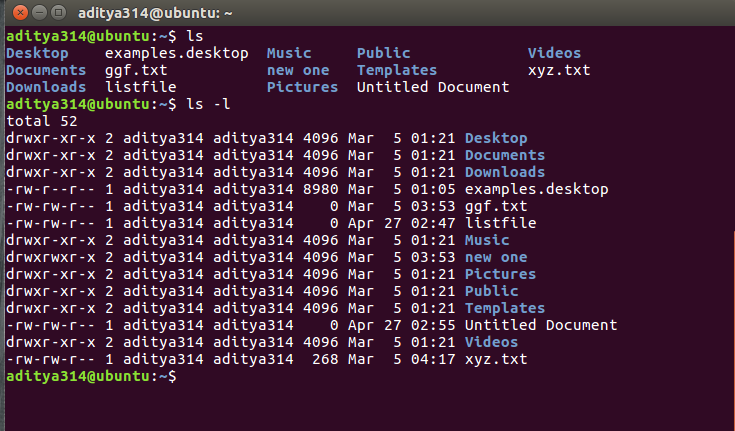



Permissions In Linux Geeksforgeeks




Linux Users And Groups Linode




Linux Chmod Command Linuxfordevices
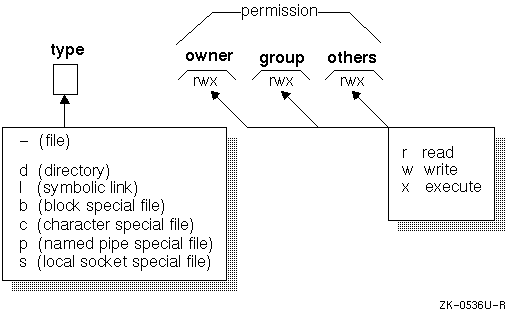



Unix Permissions
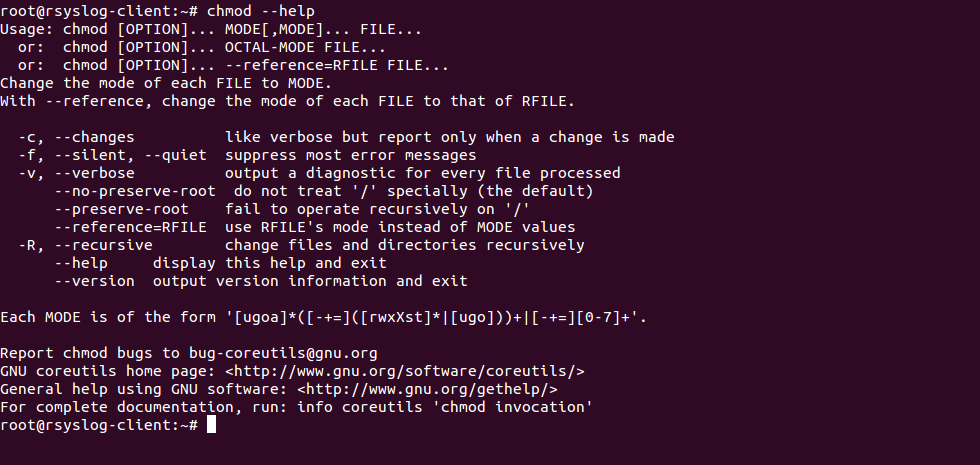



Chmod Recursive Change Permissions Recursively On Files Folders
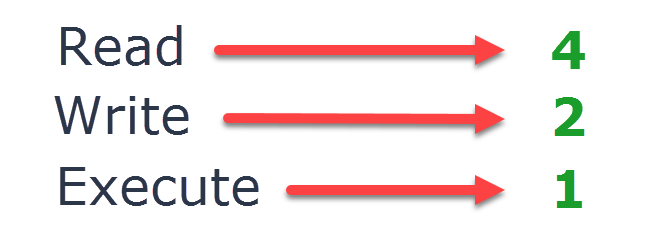



Understanding Linux Permissions And Chmod Usage
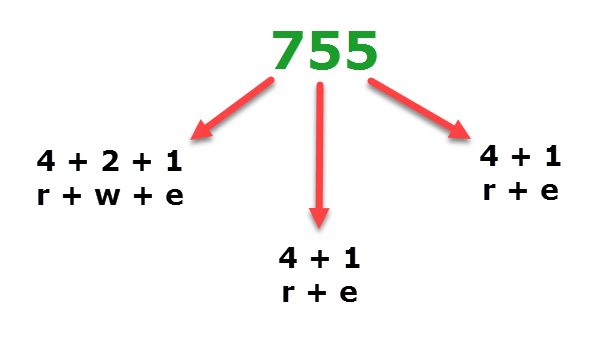



Understanding Linux Permissions And Chmod Usage
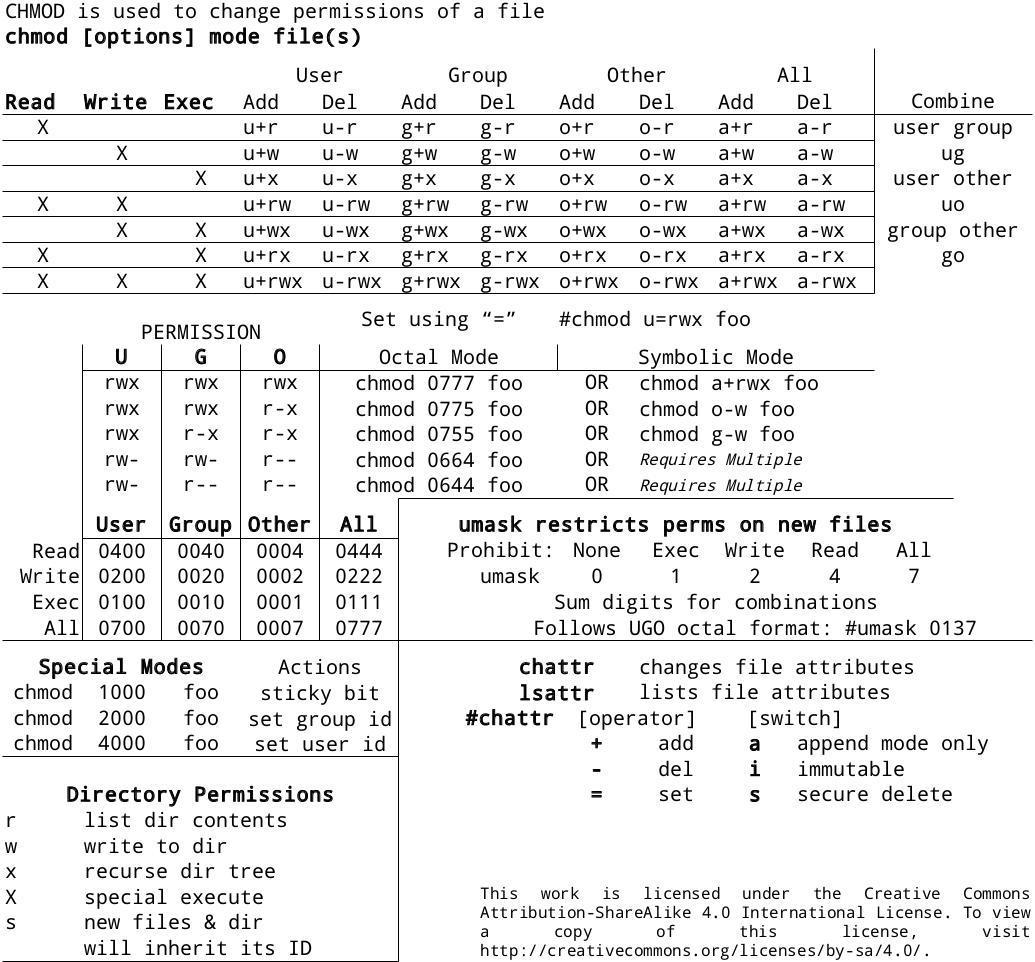



0xax Chmod Cheat Sheet Linux Cli Http T Co B5yd7pk1




Chmod Octal Mode タコトメウォール




Command Line What Is The Difference Between Chmod X And Chmod 755 Ask Ubuntu



Media Management Permissions Error Must Contain A Valid Unix Permissions Octal Issue 3869 Sonarr Sonarr Github




Module 4 File Security File Security Security Overview
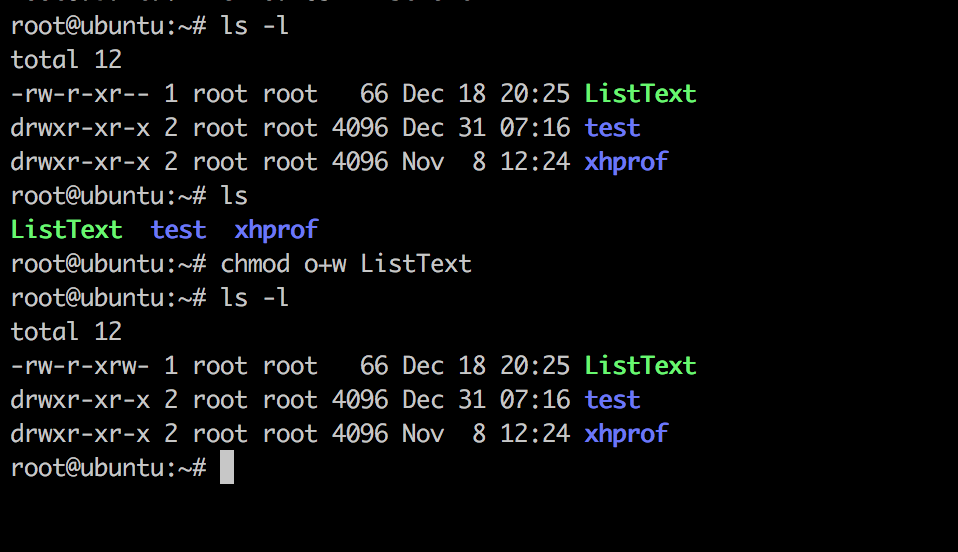



Linux Chmod Command Linuxfordevices




Explained How To Use Chmod Command Complete Guide Thevoltreport
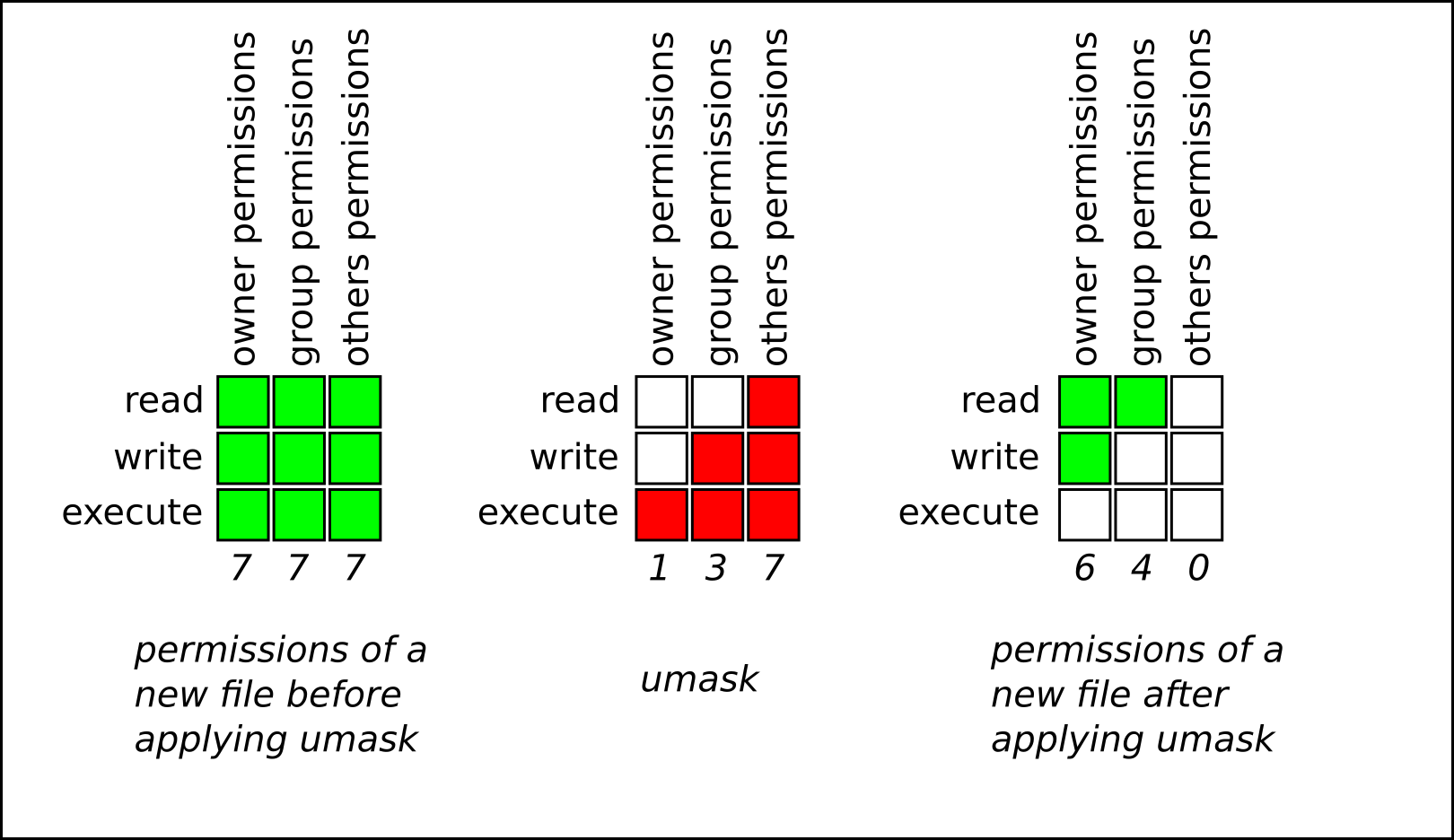



Chapter 25 Managing File Permissions Red Hat Enterprise Linux 8 Red Hat Customer Portal




Is There A Web Based Converter Between Rwx And The Octal Version Unix Linux Stack Exchange
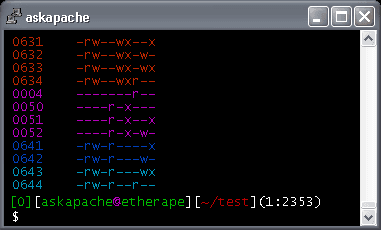



Chmod Umask Stat Fileperms And File Permissions



14 Permission And Modification Times
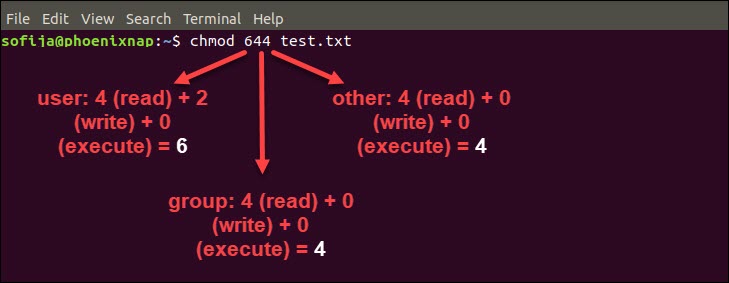



Linux File Permissions Tutorial How To View And Change Permission




Managing Linux Ownership And Permissions Secur
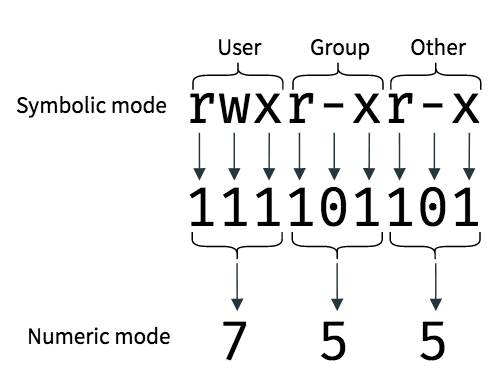



An Introduction To Linux File Permissions Boolean World
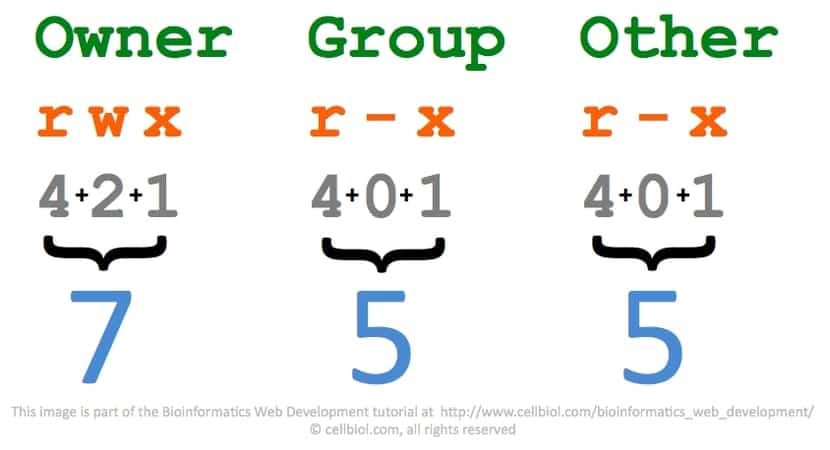



Get To See The Permissions Of A File In Octal Format Linux Addicts
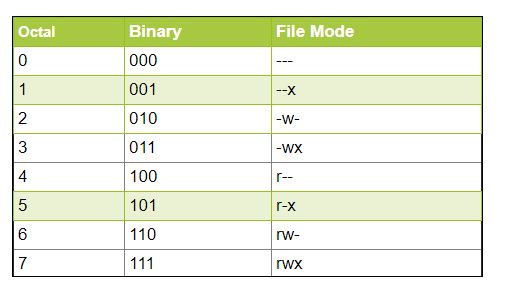



Permissions In Linux Geeksforgeeks




Csci 330 The Unix System The File System



Media Management Permissions Error Must Contain A Valid Unix Permissions Octal Issue 3869 Sonarr Sonarr Github




Linux File Permissions Chmod Umask Tutonics
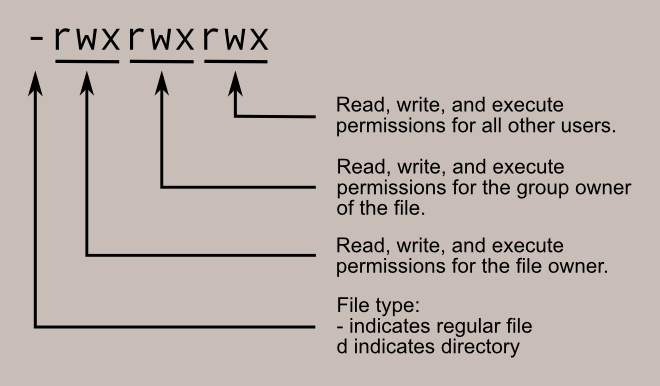



Learning The Shell Lesson 9 Permissions
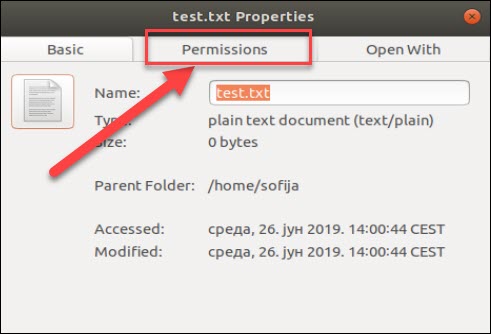



Linux File Permissions Tutorial How To View And Change Permission




Csci 330 The Unix System Unit V Permissions All Access To Directories And Files Is Controlled Unix Uses Discretionary Access Control Dac Model Each Ppt Download
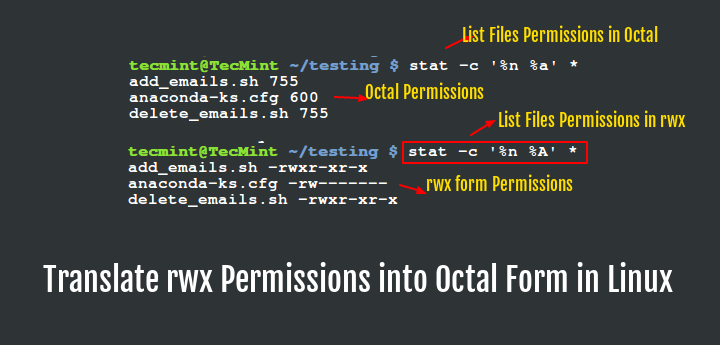



Translate Rwx Permissions Into Octal Format In Linux




How To Use Chmod Command In Linux Explained With Examples
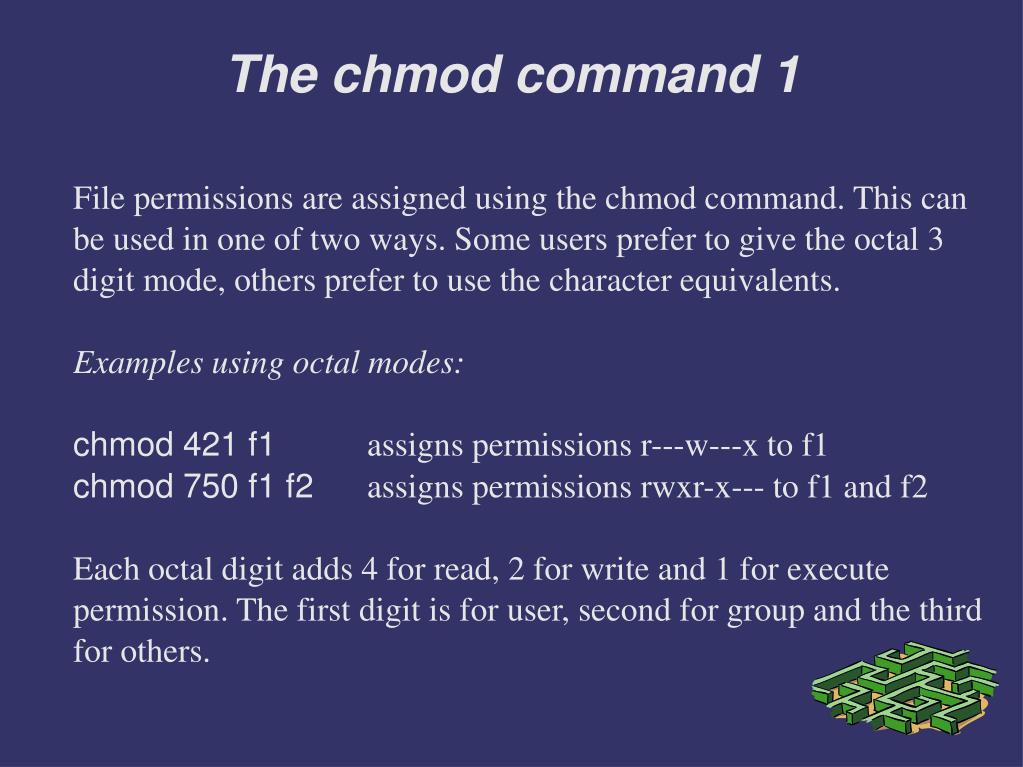



Ppt Unix Permissions Ownership And Setuid Powerpoint Presentation Free Download Id
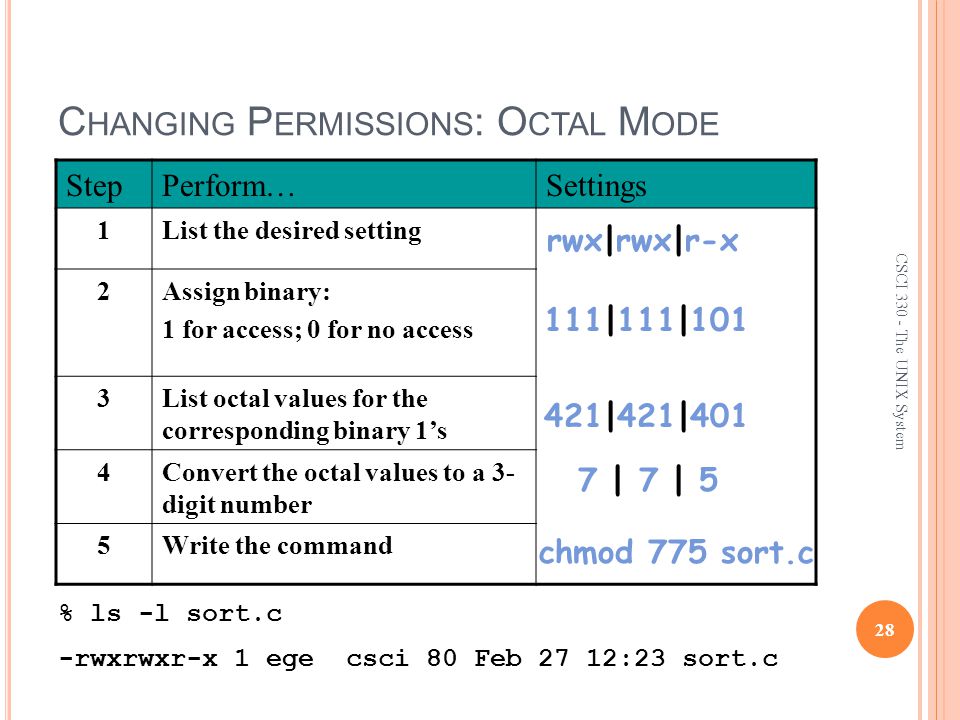



Csci The Unix System The File System Ppt Video Online Download



Everything About Chmod Command In Linux Hackerearth




Explain Unix File Permissions




9 Quick Chmod Command Examples In Linux




Your Own Linux Chmod Basics Of Files Directories Permissions And Use Of Chmod




What Does Chmod 777 Mean Linuxize




Setting File And Directory Permissions Computational And Information Systems Laboratory




File Security And Access Control Ppt Download




Unix File Permissions Computer Science



Understanding Linux File Permissions With Chmod Umask Chown And Chgrp Liquidon Net
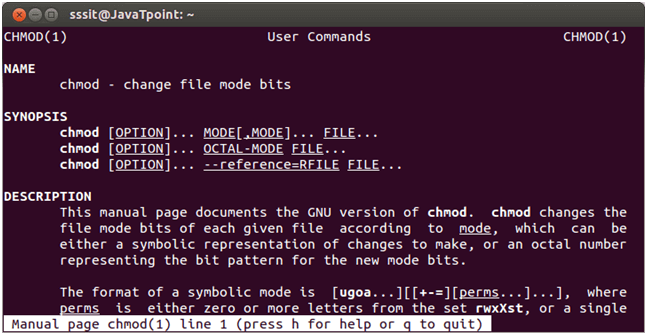



Linux Man A Javatpoint




Chmod Chown Not Working Solved V3 Testing Sonarr Forums



0 件のコメント:
コメントを投稿